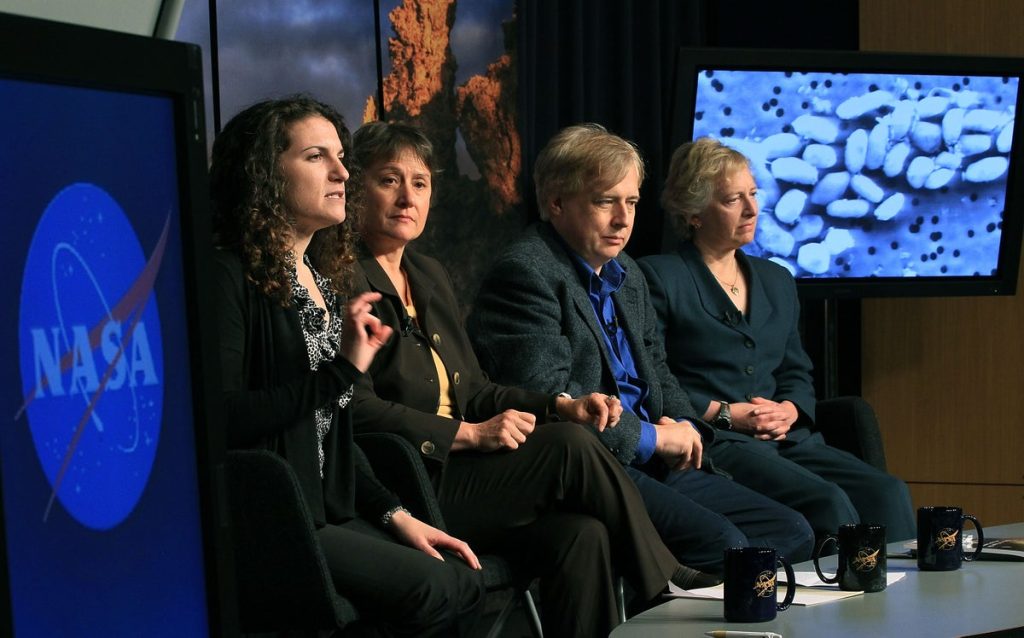Now Reading: Radiation Unveiled: Boosting Immunity to Fight Cancer
-
01
Radiation Unveiled: Boosting Immunity to Fight Cancer
Radiation Unveiled: Boosting Immunity to Fight Cancer

Quick Summary
- Researchers from Johns Hopkins Kimmel Cancer Center and the Netherlands Cancer Institute conducted a study on non-small cell lung cancer, focusing on the effects of radiation therapy combined with immunotherapy.
- Published in nature Cancer, the study reveals that radiation therapy can definitely help overcome resistance to immunotherapy by inducing systemic anti-tumor immune responses, particularly in “cold” tumors (those typically unresponsive to immunotherapy).
- The phenomenon known as the “abscopal effect” explains how targeted radiation on primary tumor sites can trigger widespread immune activation across distant tumor sites.
- 72 patients were studied, with blood and tumor samples analyzed under multiomic techniques. Patients who received both therapies showed improved outcomes compared to those treated with immunotherapy alone.
- Radiation reshaped the immune-resistant microenvironments (“cold” tumors), increasing immune activity by expanding T cells capable of recognizing tumor-specific neoantigens.
- Tracking outcomes showed better survival rates for patients whose tumors transitioned from “cold” to “warm” due to radiation therapy before receiving immunotherapy.
- Additional research using circulating tumor DNA aims at advancing insights into patient response mechanisms.
Indian Opinion Analysis
The findings underscore a significant advancement in cancer treatment strategies, especially for cases like non-small cell lung cancer where standard therapies yield limited results. Combining radiation with immunotherapy possibly opens doors for more effective clinical applications globally and offers hope for Indian oncology professionals dealing with similar resistant cancers.
For India-where radiology and oncology services are emerging but remain unevenly distributed-the results highlight an opportunity to prioritize combination approaches. Integrating advanced diagnostic technologies into existing systems could benefit underserved populations significantly. additionally, international collaborations such as this one offer key insights that Indian research institutions can model or join.
Lastly, while promising results like these appear universally beneficial, they also emphasize India’s ongoing need for equity in healthcare infrastructure and access-to ensure breakthroughs reach rural and economically strained regions lacking cutting-edge facilities.



























